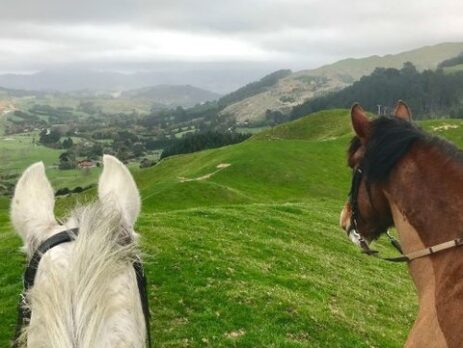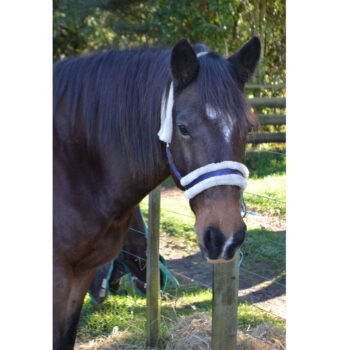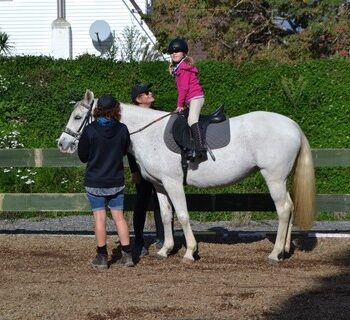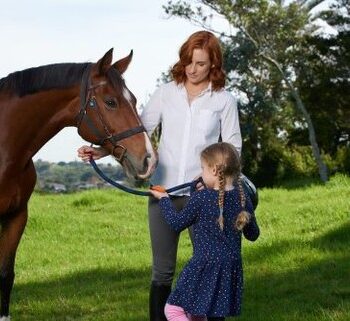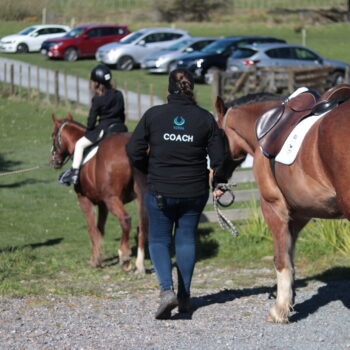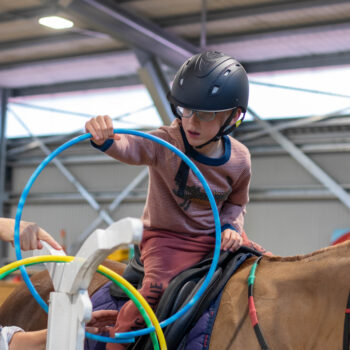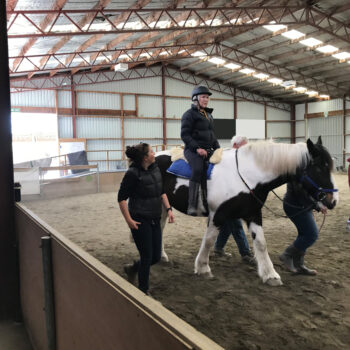How does riding support individuals with autism?
Autism Spectrum Disorder (ASD) is often described as ‘seeing the world through a different lens’. According to Autism New Zealand, there are approximately 90,000 people in New Zealand who are affected by ASD. It is called a spectrum disorder because there are a wide range – a spectrum – of different traits. Each person can have very individualised experiences that impact their communication, cognitive function and behaviour in different ways.
Children are often diagnosed around 2–3 years old, when differences in communication and play skills are noticed. Other people are diagnosed much later in life or not at all, depending on their level of support needed. This support varies from life-long high needs to low-level adaptions to support daily participation.
Riding offers many benefits for riders with ASD, such as the ability to work on communication, social interaction and life skills to support their lives at home and at school. Riders who have ASD are referred to RDA for a variety of reasons and their goals are set around individual needs based off learning and life skill development. As part of each riding session, Coaches and riders incorporate communication and behavioural strategies and Coaches encourage riders to be as independent as possible.
Being on a horse can also support riders to develop sensory processing skills because they will experience a wide range of different senses and can learn strategies to manage any differences they may feel. They also benefit from the physical aspects of riding a horse, which can help develop balance and co-ordination as well as provide a fun and motivating sport and fitness activity.

